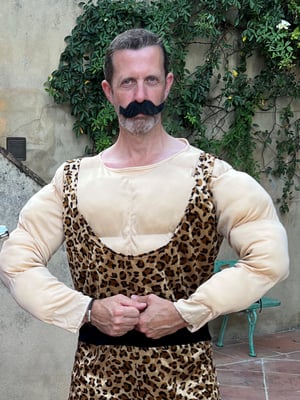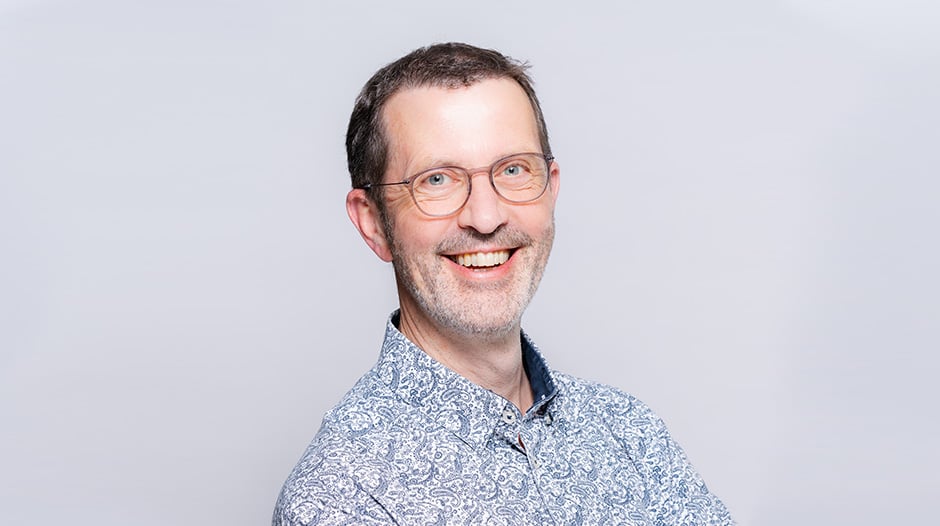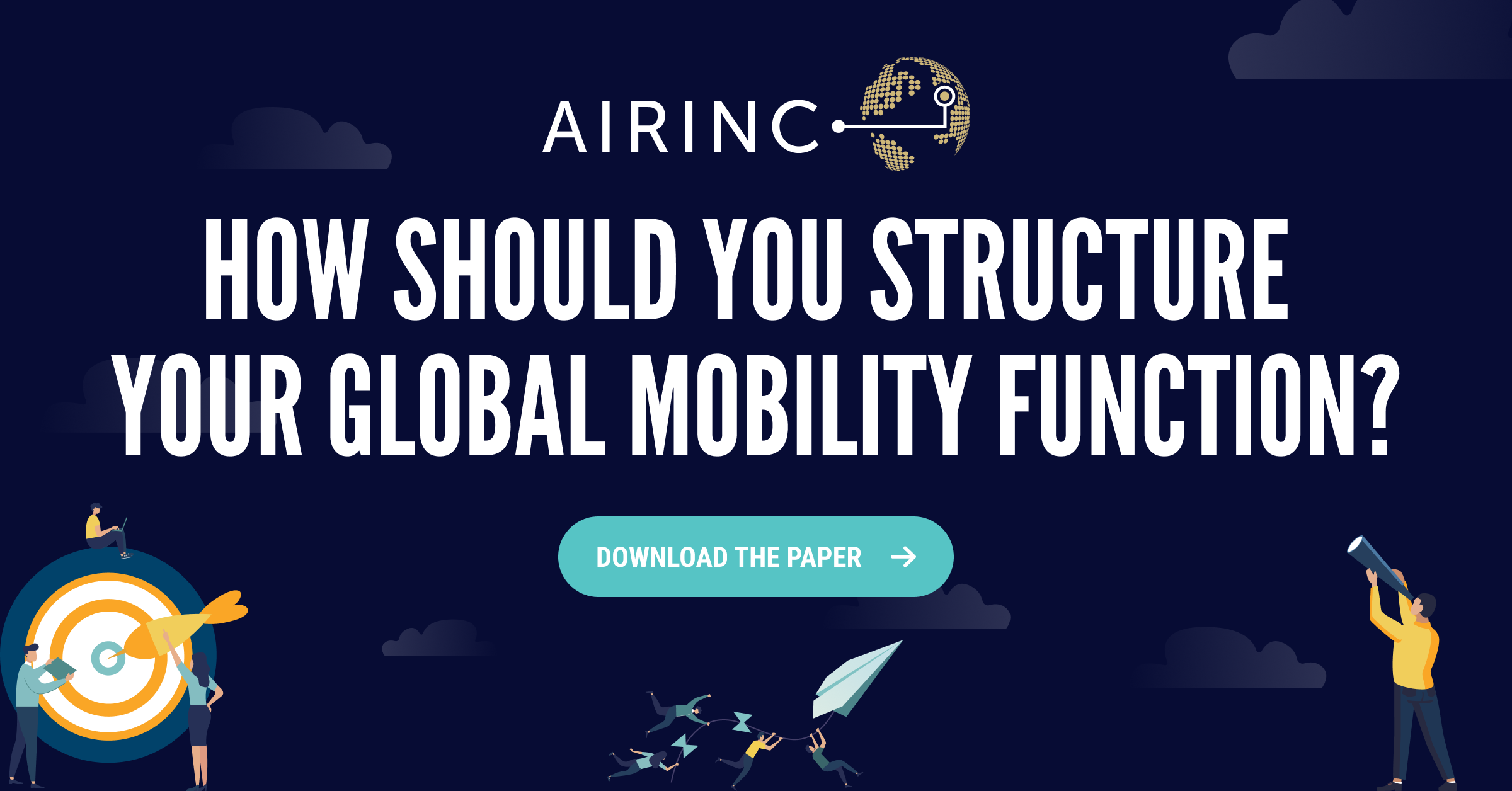Mike, in developing mobility programmes, you have spent a lot of time interviewing stakeholders.
Who do you recommend be included in this process?
You need a cross section of viewpoints from all over the organisation to get a full picture on how well the existing programme is working and what the future mobility needs of the organisation are. It’s often not efficient or feasible to interview a very large group, but you need enough conversations to gather detailed information on the current state and what should be the priorities of any new design.
We normally interview around 10-15 key stakeholders who tend be senior in the organisation from across HR, Finance, Operations, Sales, and Technology. Business leaders who are deploying assignees in their geographies give great feedback on what’s working well and what they need from mobility in the future to be successful. Having different viewpoints is incredibly valuable as we get to see the programme through different lenses, with each bringing a different perspective.
Are there any common themes you hear from stakeholders?
Many stakeholders are, or have been, assignees themselves. The majority see the bigger picture and take any personal situation out of the equation, but sometimes it is important for them to express personal satisfaction or dissatisfaction before they can share their more strategic views. In terms of common themes, most want to reduce the barriers to mobility, they want mobility to happen faster, or seamlessly, which can often be a challenge for the GM team depending on its operational capabilities. In addition, flexibility is a perennial theme, and of course it all needs to be done at a lower cost!
What are three top questions you like to ask stakeholders?
The main aim is for the stakeholders to talk freely around the programme. Questions are simply to guide a conversation because you get much better quality information when you listen to stakeholder, dig deeper into their comments, and get under the skin of their mobility needs. To help with that conversation, the top three questions focus on the purpose of having assignees at the company, what could be improved, and if you could only change three things in the programme, what would those be?
How do you translate the feedback you receive into a tangible action plan?
Every comment is valid, but not everything each stakeholder asks for will end up in the design phase. We are looking for common themes across the process. Is everyone asking for more flexibility, and for whom? Is the policy suite fit for purpose, do we need more or fewer policies? What roadblocks are currently in the programme?
By grouping comments into these themes we can identify the most important aspects to focus on and ensure that they are addressed in the programme design phase.
It’s important to understand that every decision has a trade-off. Increased flexibility can also result in higher levels of negotiation and differentiated policies reduce equity between assignees. Because of this, getting a sense of the culture of the organisation through the stakeholders is incredibly important. The action plan must align to corporate culture for the programme redesign to succeed.
Why should stakeholders be consulted?
For successful change management to occur, you need to achieve buy in right across the business, so this phase is especially key. We have often interviewed the CEO, as this is a fabulous position to be in for mobility. Gaining insight from the top on the direction of the organisation and its priorities, can really help to ensure that the principles of the new programme are aligned with and support the organisation objectives. What’s great is that most CEOs I have interviewed have a good understanding of the mobility programme and see it as critical for business success from skills deployment to building a pipeline of future leaders. If you can get them on board then, in my experience, yes the CEO should absolutely be involved in mobility design.

Outside of mobility consultation, how do you spend your free time?
I’ve shared some of my passions in previous blogs, but something I’ve not mentioned is a delight in murder mystery events. Getting dressed up in costume and having fun with family and friends as we eat great food and try to guess "who-dun-it" is so much fun. Most recently I was a circus bodybuilder – and it turned out, the murderer!
AIRINC’s Advisory Services team of seasoned mobility consultants are dedicated to helping you. With deep expertise in mobility strategy, program operations, process design, benchmarking, compensation, and policy development, you can leverage the experts you need to drive meaningful change in your mobility program.









